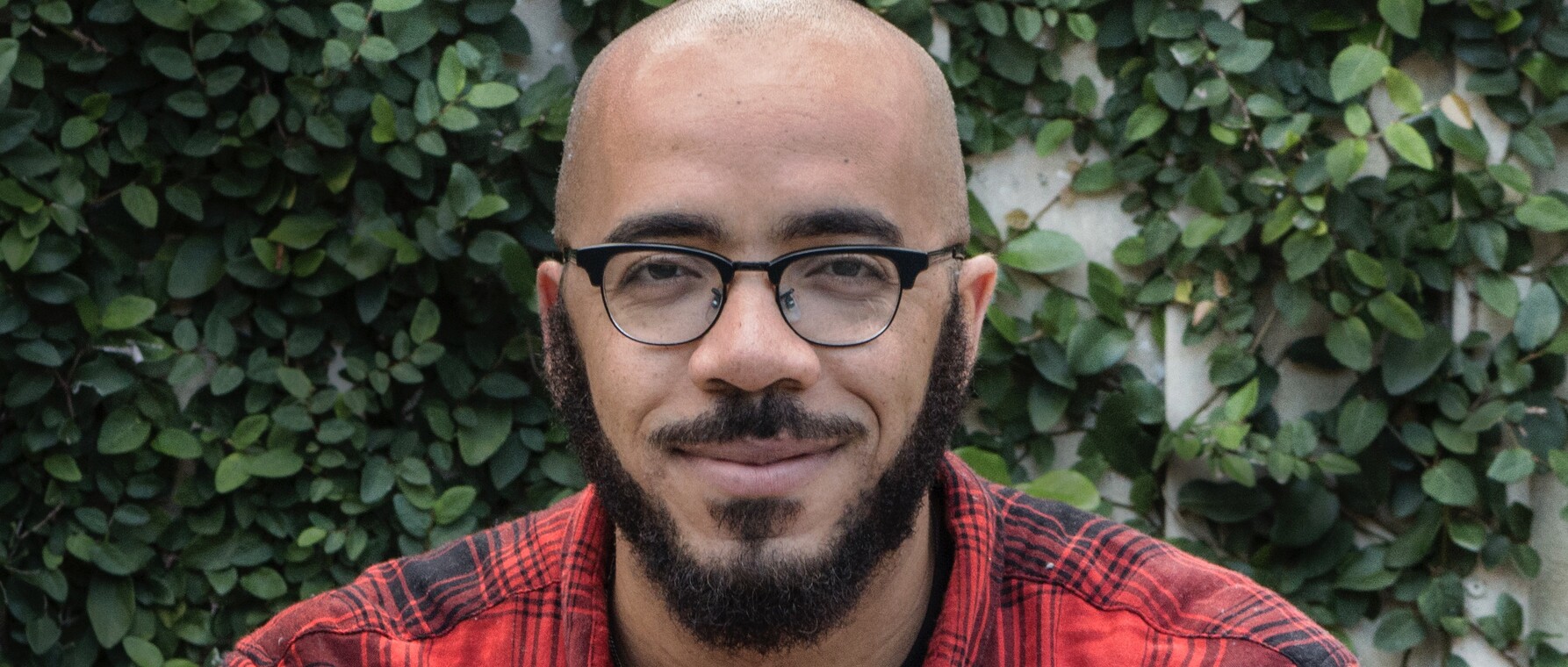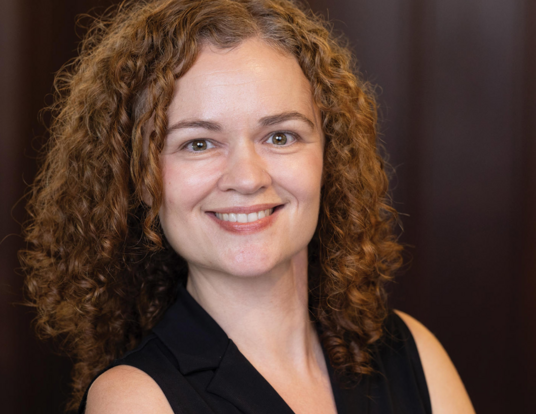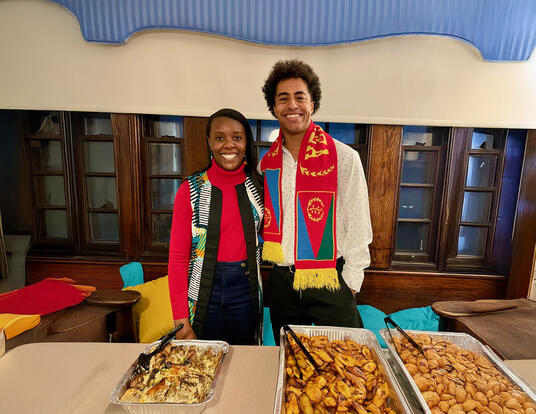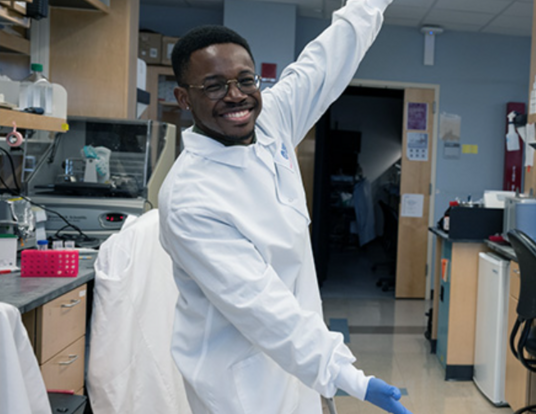Historical Relevance
How Clint Smith ensures the past is not forgotten

In August 2014, during Clint Smith’s first week in graduate school, 18-year-old Michael Brown was shot by a police officer in Ferguson, a suburb north of St. Louis, Missouri. As protests spread across the US, people wanted to understand what had happened to Brown in Ferguson and to Eric Garner in New York City and to John Crawford III in Beavercreek, Ohio, and to countless other unarmed Black men and women in America.
In a carrel in Widener Library, Smith, a PhD candidate in education, found himself reading the scholarly texts that explained the present moment. “Part of what you learn when you study history and sociology, is that you can make sense of the current situation by tracing it back to a series of state sanctioned political and economic social phenomena that happened across decades and centuries,” Smith explains.
“After 12, 16 hours sitting in Widener studying the history of inequality in this country, I would turn on my phone or the news and see the very direct manifestations of that history,” Smith recalls of his first weeks at Harvard. For Smith, this experience reinforced both the importance of his work exploring inequality in education and his dedication to use every platform available to democratize access to the texts and ideas he found at Harvard.
Redefining Prison Education
As a teacher in a predominantly low-income, urban school in Prince George’s County, Maryland, Smith heard conversations about education that he felt were happening in silos. “People talked about schools, students, and teachers, but failed to mention the larger social and historical landscapes that shaped the communities these schools, students, and teachers are in,” he explains.
For Smith, it is clear that you cannot have an honest conversation about education unless you are also talking about the many forms of inequality that exist in America: mass incarceration, housing segregation, zoning policies, and food insecurity, for example. “I realized that all of these things are deeply interwoven, and I wanted the time and space to put these different phenomena in conversation with one another and try to make sense of them,” Smith says. Driven to delve deeper, he decided to pursue a PhD at Harvard.
“Harvard is a place where it is very easy for your feet to start levitating above the ground,” Smith says. To remind himself of the concrete implications of his work, Smith began working at a prison in Norfolk. “The more time I spent teaching there, the more I became interested in the literature around prison education opportunities and, ultimately, I decided to pursue that myself.”
Shaping Human Dignity
Conversations about prison education largely focus on practical, measurable factors. A 2013 meta-analysis from the RAND Corporation found that prisoners who engage in education opportunities were 43 percent less likely to end up back in prison and 13 percent more likely to get a job after release. But, if prison education is designed to reduce recidivism and increase employment, what does that mean for the almost 160,000 individuals who are serving life-sentences in the United States?
By focusing on this prison population, Smith wants to move beyond the current utilitarian reasoning for prison education. “We need to think instead about how these programs shape human dignity, how they build community and contribute to a much healthier and safer space in prison than would otherwise exist.”
Prison education programs across the United States largely focus on providing prisoners with specific, tangible vocational skills to help them find employment post-release. While this is an important goal, Smith believes that prison education should not be limited to programs with easily measurable effects and supports teaching subjects with a less direct impact on employment. “You engage with art, you read literature, you study history because they make you fully human, because they inform how you understand yourself in relation to the world around you. I think those things are incredibly important for all of us, people in prison included,” he states.
Hunger for Information
Watching Smith’s TED Talk “How to Raise a Black Son in America” and listening to him speak, it is easy to spot the influence of spoken-word poetry. “I learned how to be a writer by listening to poets,” he explains. “It’s impossible for me to disentangle my larger literary sensibilities from the poetry slam space that shaped a lot of those sensibilities, as well as my politics and my sense of the possibilities of art.”
Poetry is but one of the forms Smith utilizes to bring the things he has learned over the course of his time at Harvard into the greater world, in the process, generating conversations. “We are afforded such a unique opportunity in that we are paid by Harvard to sit in libraries and read books, and most people don’t have the time to sit down and read five hundred page books on inequality,” Smith explains. To share this information, he has written about prison education, activism, and school segregation for numerous publications and is a frequent contributor to DeRay McKesson’s podcast Pod Save the People.
Smith is also active on Twitter, one of the first platforms he used to share what he was learning in graduate school. It began with Ira Katznelson’s book When Affirmative Action Was White: An Untold History of Racial Inequality in Twentieth-Century America, which outlines the history of the New Deal and how racial discrimination shaped who the beneficiaries were. “I was like, ‘more people should know about this’ and I saw Twitter as an open tool and a great way to synthesize the books and articles I was reading,” Smith explains. “So I tweeted maybe 20 or 25 tweets about the book and it sort of took off.”
Providing journal and book references backing up his tweets has not prevented Smith from receiving racist messages on Twitter, but he says that the trolls will not stop him. “Twitter feeds people’s hunger for information, information that is often inaccessible to so many people,” he explains. “Part of what I’m committed to do, whether it’s by writing for different magazines, podcasts, or Twitter, is to present major findings or ideas from texts and bring those to the attention of people and help them make sense of what is happening in the world around them now.”
Photo by CLARENCE “TREY” ROBY III
Get the Latest Updates
Join Our Newsletter
Subscribe to Colloquy Podcast
Simplecast




